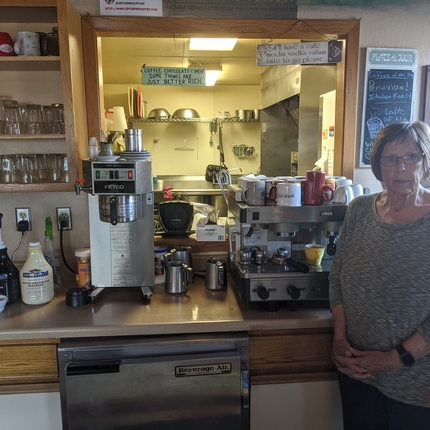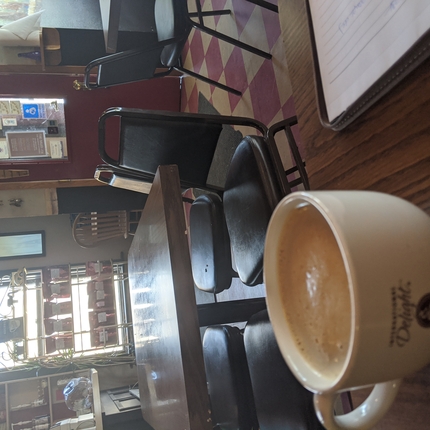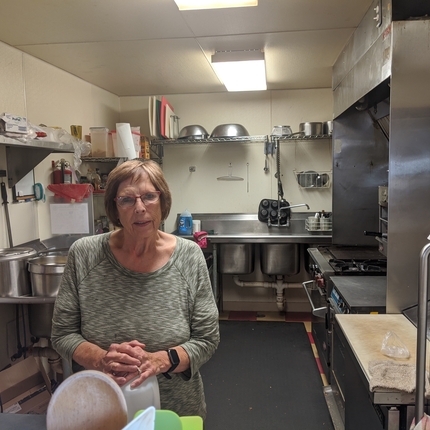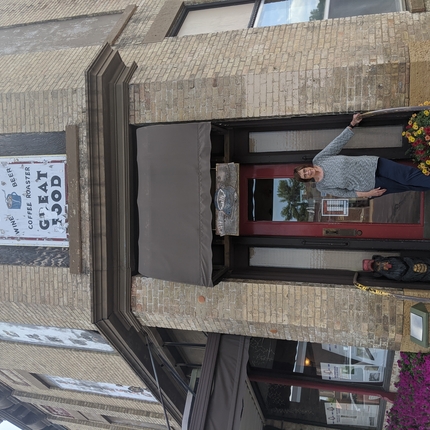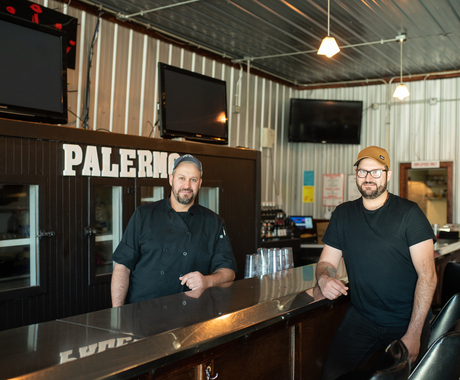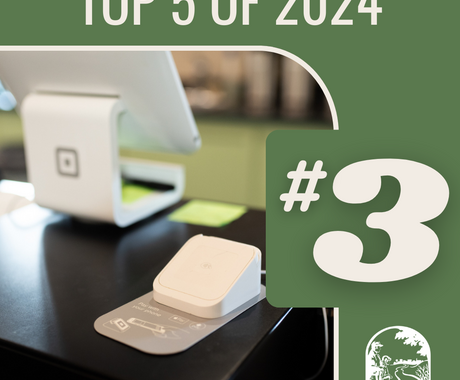By Molly Malone, former staff member
Coffee talk that once revolved around the weather and crops has evolved to include the latest COVID-19 numbers and milling over who got it and how they are doing. When one of the two regular employees at the Left Bank Cafe tested positive, those morning conversations came to a halt.
“Life kind of stops when one of you gets sick,” said Paula Matson, owner of the small cafe.
The establishment roasts its own coffee beans, serves specialty drinks, and seats a maximum of 24 patrons for lunch in the small community of Slayton, in southwest Minnesota.
Ordinarily, Paula would work a few days a week and her staff member worked the other days and pitched in for big orders. However, when the only other active employee had to quarantine, Paula had to adjust. And, fast.
The 69-year-old business owner did not contract the virus, but suddenly found herself working far more than usual. She reduced cafe hours, with her adult daughter filling in when she wasn’t working at her own job, and another regular employee with a new baby came back sooner than expected on a limited schedule.
A large part of the cafe’s business is shipping roasted beans across the country. With more people spending time at home these days and trying new coffee, Paula’s business has grown. Though a blessing, being down a staff member meant coffee roasting had to be done during off hours. The extra hours had an impact, mostly on her.
“I had a sense of my age,” she said.
When the State of Minnesota responded to COVID-19 by not allowing dine-in service, Paula got a taste of what a take-out only operation would look like. Now, she is considering changing the business to remove dine-in service long term.
The model works for the small cafe because it means only one staff member is needed at a time.
Though it will be easier to do takeout only, Paula misses the morning coffee chatter. Tables of regulars would order their coffee and pastry, chat, and laugh, while she prepared food in the kitchen.
“My world was centered when I would hear that out in the dining area,” Paula said.
At the same time, wearing masks doesn’t make sense for a cafe.
“How are customers supposed to eat and drink with a mask on?” she asked. “And, how does everyone stay safe without it?”
Now that the pandemic has hit close to home, customer safety and sustainability of the business are a priority.
Thankfully, the community got behind the cafe from the start. Staff from local businesses call a few days ahead to order 15 to 20 lunches. They rotate businesses to spread the support.
In retrospect, hiring additional part-time staff and training them ahead of time would have eased the pressure on the cafe. None of us know how this pandemic will affect main streets, so the Center for Rural Affairs has developed a checklist to help very small businesses quickly plan for this situation. Click here for the "Pandemic Plan Checklist" in English. Para la versión en español, por favor oprima aqui.

